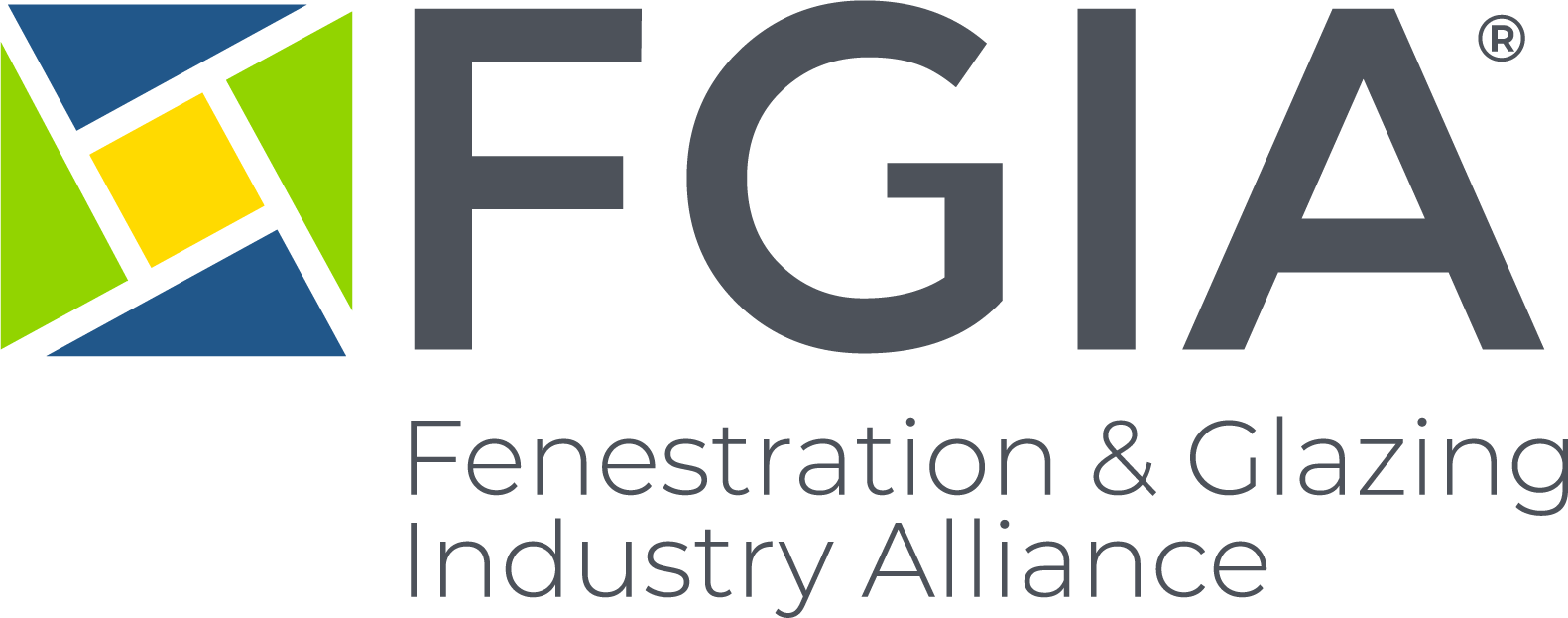Listening Your Way to an Excellent Customer Experience

At the Annual Conference of the American Society of Association Executives (ASAE) held earlier this month, I attended an interesting session on customer experience, or CX. The overarching theme was about making decisions that benefit customers, employees and the bottom line. Customer experience professionals believe customers form their opinions by the entirety of their interaction with an organization, meaning it is formed over time and can adapt. Ultimately, customer experience is a continual cycle of collaboration, listening, designing, delivering and then monitoring and measuring. This is especially important in the service-based association industry, but it really applies to all businesses.
To me, listening is a critical component of this cycle. Truly understanding what customers are seeking – versus what we want them to understand – and being strategic in how and when we are listening. Establishing listening posts is essential – basically, proactively implementing strategies for observing how customers engage with us and asking about their priorities to set direction with the end goal in mind. Knowing customer pain points and workarounds is a great starting place to innovate a better customer experience.
Journey mapping is another crucial component. This is an exercise in assessing the steps that a user takes in a process to accomplish a goal. How long does it take? Is the process intuitive? Where do potential barriers exist? This process will also help your team shift from “first order thinking” – in which they focus on their own task – to “second order thinking” – where they look up and out at the next step in the customer experience. Adding empathy mapping to this can yield a more holistic view of the user’s experience by accounting for thoughts, feelings and reasons for the actions taken as well as the process itself.
To truly evaluate and improve the customer experience, leaders must serve as catalysts promoting cross-functional team collaboration. As Stephen Covey said, beginning with the end in mind means having a clear understanding of the destination so the steps you take are always in the right direction. This focus will allow you to ensure that solutions satisfy the customer, the employees and the bottom line. But change takes times, so be patient and celebrate incremental improvements. And be sure to communicate the changes and the wins to gain commitment to the targeted outcome.
Ultimately, customer experience is the perception that customers have of your organization – one that is formed based on interactions across all touchpoints, people and technology over time. Investing in assessing that experience can earn you loyalty and growth.







Submit a Comment